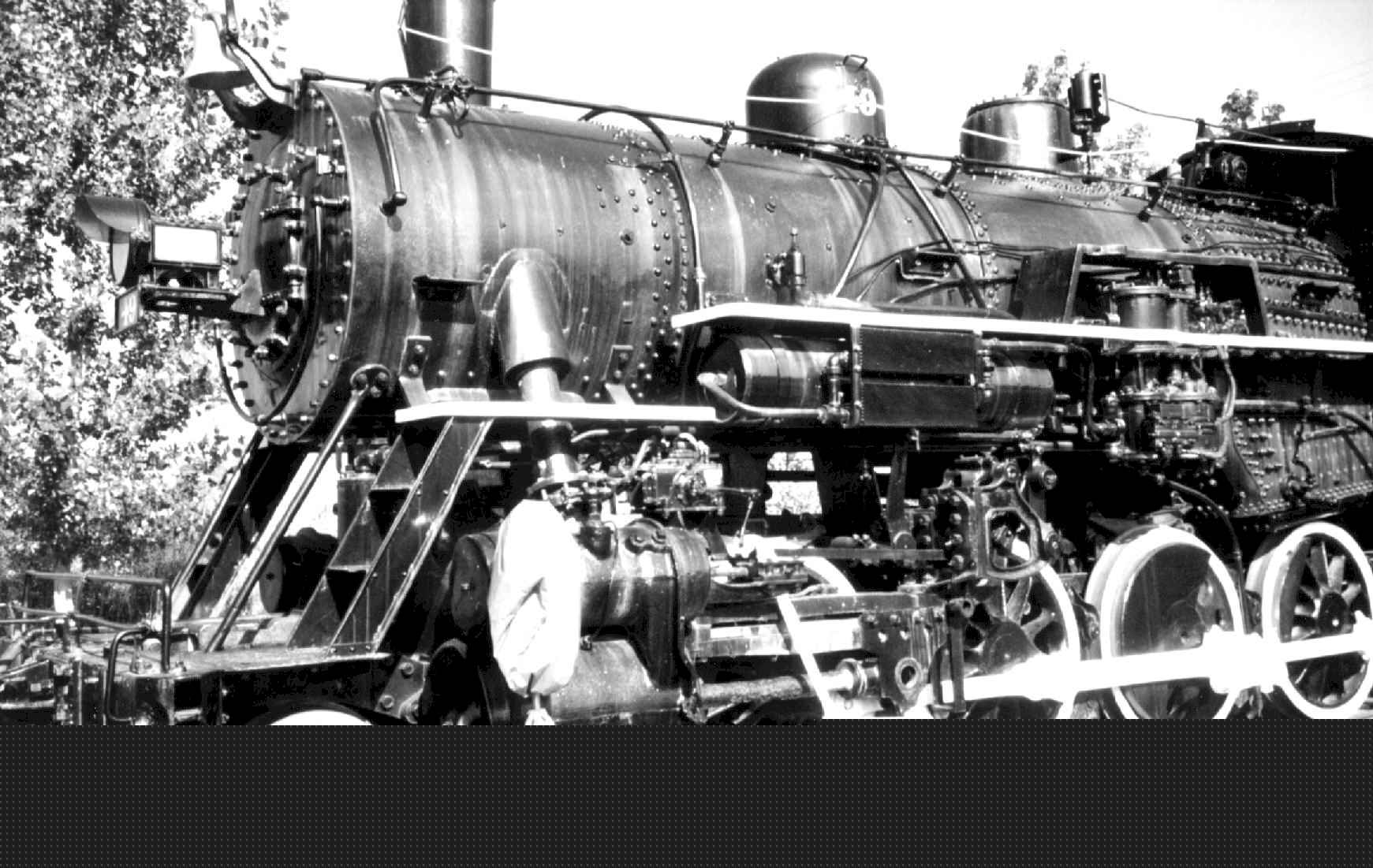 The first railroads
started out in the earily 16th century with crude railways--horse-drawn wagons with wooden wheels and rails--were
used in mining operations in England and Western Europe. John Blenkinsop and William Hedley invented and operated
several steam locomotives between 1797 and 1813. George Stephenson built and equipped the Stockton and Darlington
Railway between 1823 and 1825. This English line, was the first public railway in the world powered by a steam
locomotive.In 1827 the merchants of Baltimore, M.D. charted the Baltimore and Ohio Railroad,hoping to increase
their share of trade with the western United States.The Delaware and Hudson Canal and Railroad Company in 1829
purchased a British-built locomotive but found it to rigid and heavy for the track in the United States.In 1830
the South Carolina Railroad began passenger service with the U.S.-built best friend of Charlestion.It became the
first locomotive to use steam power in regular service.The novelty of rail travel, the relatively high speed
possible, and the advantage of year-round service combined to make passenger traffic revenue larger than freight
on many early lines.In 1850 60% of the nation's rail mileage was located in New England and mid-Atlantic states
and the 14,400 km(9,000mi) of road represented a total railroad investment of more than $300 million dollars. Shippers
welcomed rail service, which was dependable throughout the year,cheaper than the Conestoga wagon, faster than the
canal packet and in more direct in route than river steamboat. Perhaps no decade of rail growth was more important
following the years after 1850. Trains are still pushing their boundaries to grow in todays time. The first railroads
started out in the earily 16th century with crude railways--horse-drawn wagons with wooden wheels and rails--were
used in mining operations in England and Western Europe. John Blenkinsop and William Hedley invented and operated
several steam locomotives between 1797 and 1813. George Stephenson built and equipped the Stockton and Darlington
Railway between 1823 and 1825. This English line, was the first public railway in the world powered by a steam
locomotive.In 1827 the merchants of Baltimore, M.D. charted the Baltimore and Ohio Railroad,hoping to increase
their share of trade with the western United States.The Delaware and Hudson Canal and Railroad Company in 1829
purchased a British-built locomotive but found it to rigid and heavy for the track in the United States.In 1830
the South Carolina Railroad began passenger service with the U.S.-built best friend of Charlestion.It became the
first locomotive to use steam power in regular service.The novelty of rail travel, the relatively high speed
possible, and the advantage of year-round service combined to make passenger traffic revenue larger than freight
on many early lines.In 1850 60% of the nation's rail mileage was located in New England and mid-Atlantic states
and the 14,400 km(9,000mi) of road represented a total railroad investment of more than $300 million dollars. Shippers
welcomed rail service, which was dependable throughout the year,cheaper than the Conestoga wagon, faster than the
canal packet and in more direct in route than river steamboat. Perhaps no decade of rail growth was more important
following the years after 1850. Trains are still pushing their boundaries to grow in todays time.
|
|

